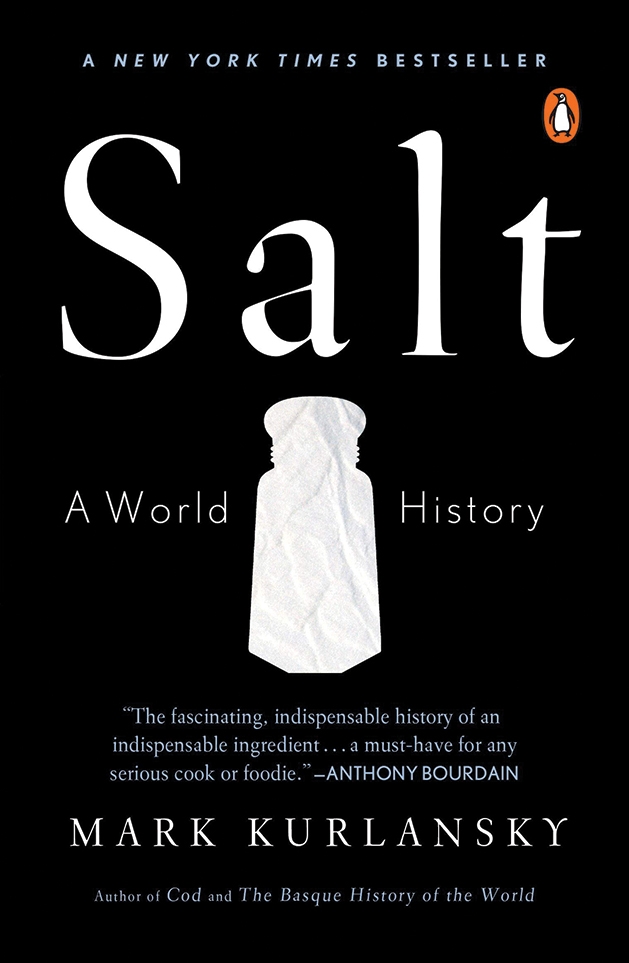
Microhistory is a non-fiction genre that takes a comprehensive look at a single event, topic or concept but reads more like novels or memoirs. Even for those who do not typically read non-fiction books, microhistories can prove interesting.
To start, consider some of my favorite microhistory selections:
Stiff: The Curious Lives of Human Cadavers (Mary Roach): This delves into the “experiences” of a post-mortem body.
The Immortal Life of Henrietta Lacks (Rebecca Skloot): Unknowingly, cells taken from Lacks during a hospital stay were preserved and grown in culture. Numerous medical advances and research have used her cells, some of which remain alive today.
The Professor and the Madman (Simon Winchester): Discover how the Oxford English dictionary came about, including with the assistance of an American doctor in an English asylum.
Salt: A World History (Mark Kurlansky): Take a look back at salt, beginning in ancient times, and discover how it has influenced societies.
Paper: Paging Through History (Mark Kurlansky): Learn about the origins of written language, including some precursors to paper and how it helped revolutionize societies.
—Elizabeth Dammar, Hennepin County Library–Maple Grove









